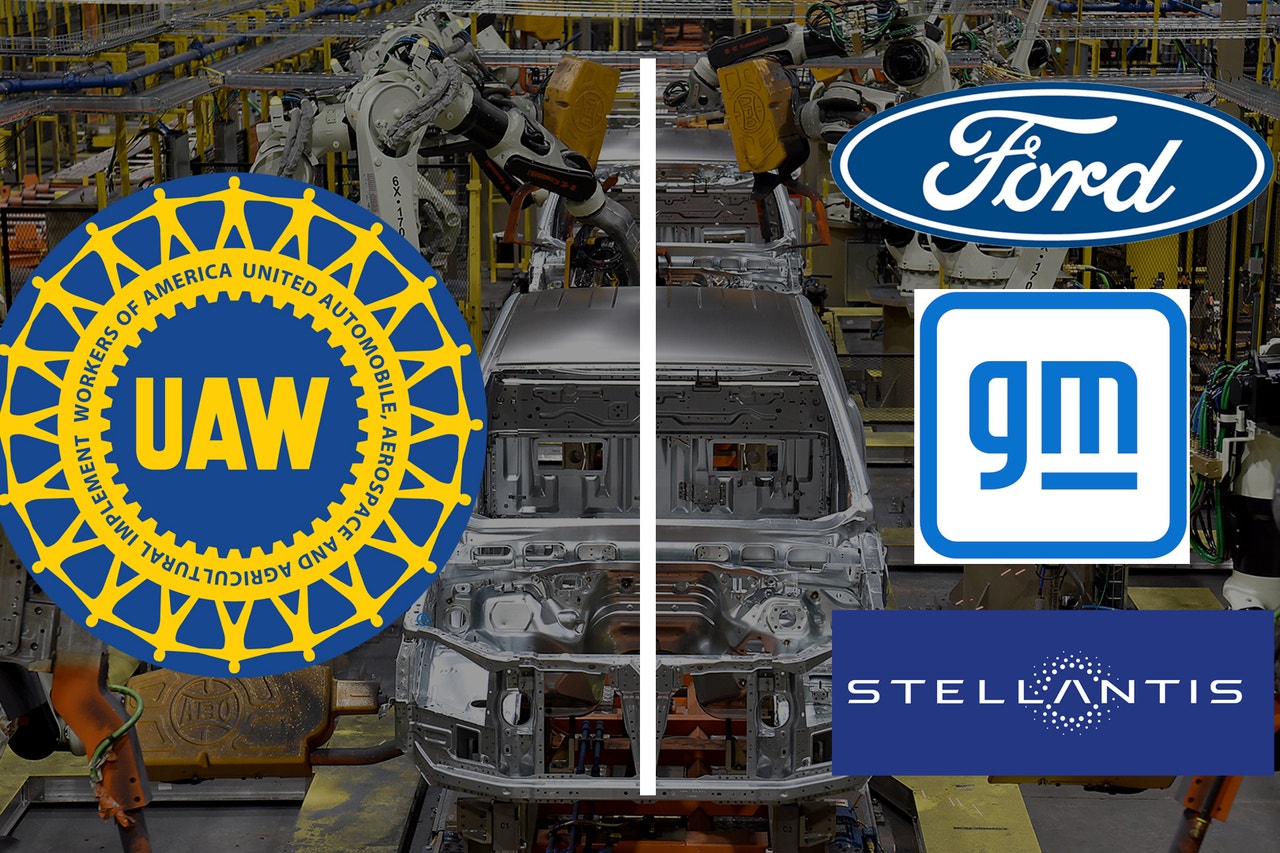- UAW President Shawn Fain is happy with progress made in negotiations with Ford, but not with Stellantis and GM.
- The UAW has expanded strikes as a result, covering 38 more locations.
- Fain says both brands will need "some serious pushing."
UAW Strikes at 38 More Plants After Negotiations With GM, Stellantis Stall
The UAW expands its strike to include yet more plants
During a Facebook Live event on September 22, United Auto Workers President Shawn Fain announced that the union would be expanding strikes against two of Detroit's Big Three automakers. Fain said that while “substantial” progress had been made in negotiations with Ford, there were fewer advancements with General Motors and Stellantis.
The strike spread to 38 more locations across 20 states. It is an expansion of the strike currently affecting certain Ford, GM and Stellantis vehicle assembly plants. During the livestream, Fain said: “As you know, we gave our members' demands to the company two months ago. They wasted a whole month failing to respond. But there has been movement. In particular, we’ve made real progress at Ford.”
Ford has agreed to keep employees at the Rawsonville Components and Sterling Axle plants in Michigan on the same pay scale as assembly workers. The cost-of-living adjustment (COLA) that Ford suspended in 2009 has also been reinstated. Another big win for the UAW at Ford comes in the form of protections in the event of an indefinite layoff. Should that happen, union members will get income security for up to two years with health care. Fain emphasized that the UAW is not done negotiating with Ford.
GM calls its offers on wages and job security “historic.” Stellantis calls its offer “a very competitive” one. Fain says that both will need “some serious pushing.” Both companies have rejected the UAW’s proposals on COLA, wage increases and job security. New walkouts are set to affect an additional 5,600 workers.
Continued strikes will begin to affect dealer inventory, a byproduct ongoing negotiations will have on consumers. Per the AP, a Deutsche Bank analyst stated Ford and Stellantis have already lost production of north of 16,000 cars and trucks since the strikes began. Anderson Economic Group estimated more than $1 billion in losses for the Big Three. Inventory shortages haven’t been noted yet, but consumers could soon see the ripples created by the strike.
Edmunds says
For the moment, consumers are able to relax. While strikes will undoubtedly affect inventory in the near future, that has not happened yet. The conversations seem to be making progress on some fronts, and we’re hoping Ford’s willingness to work with the union pushes Stellantis and GM to consider offers more seriously to come to a resolution.



 by
by